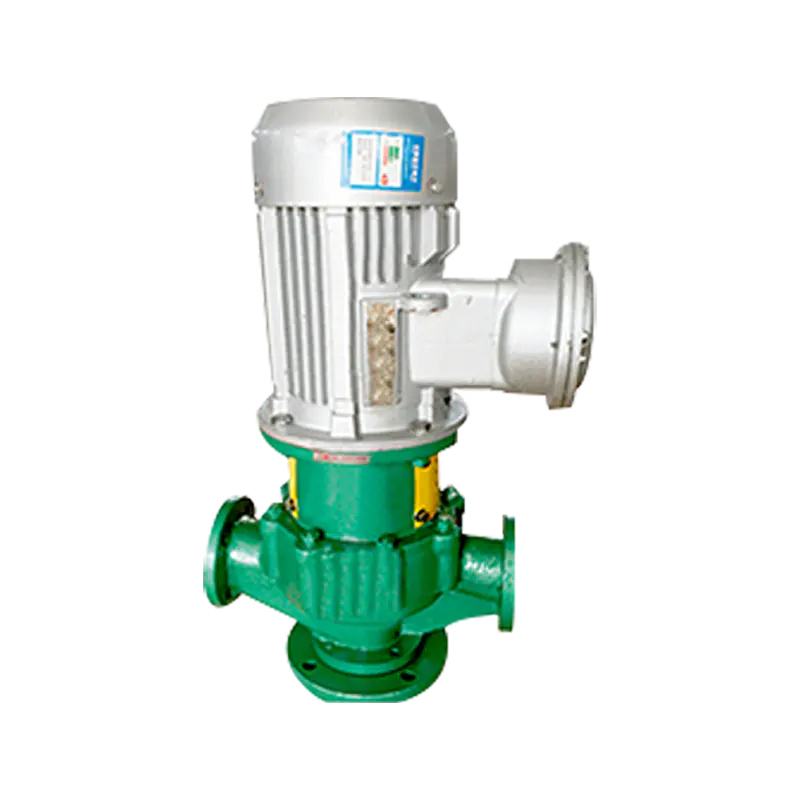Selecting the perfect garden pipeline pump can feel overwhelming given the wide array of options available on the market. However, understanding your unique requirements and knowing what to look for can simplify the decision-making process significantly.
1. Assess Your Water Requirements:
The first step is evaluating how much water your garden actually needs. Consider the size of your landscape, the types of plants you’re growing, and whether you’ll be using the pump for additional purposes like cleaning outdoor surfaces or filling ponds. Smaller gardens typically benefit from low-flow pumps, while expansive lawns and large flower beds demand higher capacity units capable of delivering consistent water pressure.
2. Understand Flow Rate and Pressure Specifications:
Two critical metrics to focus on when shopping for a garden pipeline pump are flow rate (usually expressed in liters or gallons per minute) and pressure (measured in PSI). Flow rate determines how quickly water moves through the system, while pressure affects how far and evenly the water is distributed. If you plan to use sprinklers or drip irrigation, ensure the pump provides sufficient pressure to cover the entire area effectively.
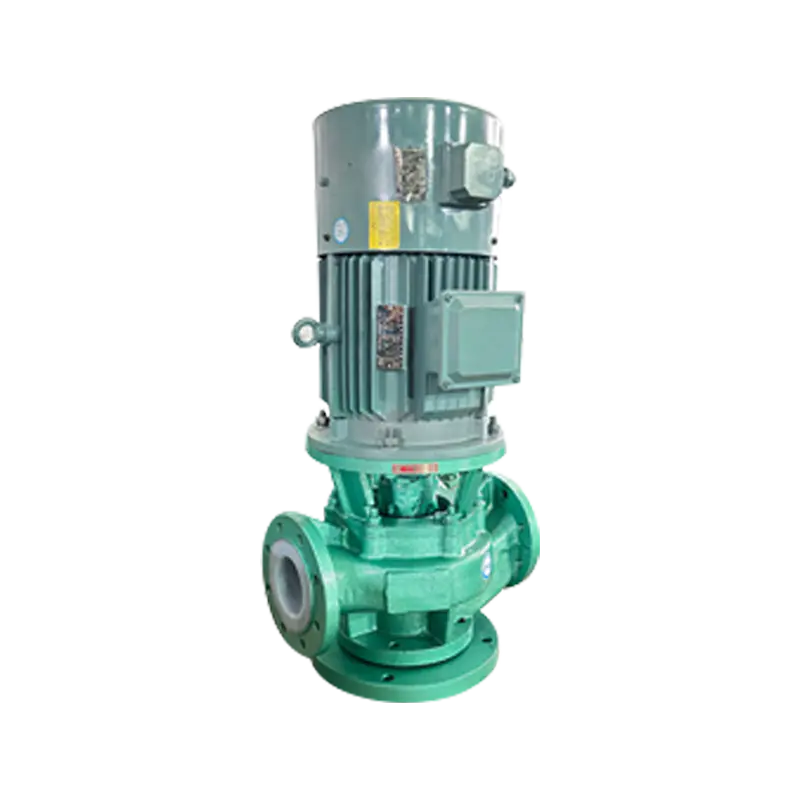
3. Decide Between Electric and Solar-Powered Options:
Electric pumps remain the most common choice due to their affordability and reliability. However, solar-powered pumps are gaining traction as environmentally friendly alternatives. While they tend to have a higher upfront cost, solar pumps eliminate ongoing electricity expenses and reduce your carbon footprint. If you live in a sunny region, this could be a worthwhile investment.
4. Look for Durability and Ease of Maintenance:
A good garden pipeline pump should withstand regular use and exposure to the elements. Opt for models made from robust, rust-resistant materials like aluminum alloy or reinforced plastic. Additionally, check if the pump has self-priming capabilities, which make startup easier, and inspect the warranty terms to gauge the manufacturer’s confidence in the product’s longevity.
5. Consider Noise Levels:
If your garden is close to living spaces or neighbors, noise levels might be a concern. Some pumps operate quietly, while others produce noticeable hums or vibrations. Reading customer reviews can give you insight into real-world experiences regarding noise output.
6. Explore Smart Features (Optional):
For tech-savvy gardeners, smart-enabled pumps offer added convenience. These devices allow you to schedule watering times, track water consumption, and receive alerts if there’s a malfunction—all from your phone or tablet. While not essential, these features can enhance efficiency and peace of mind.

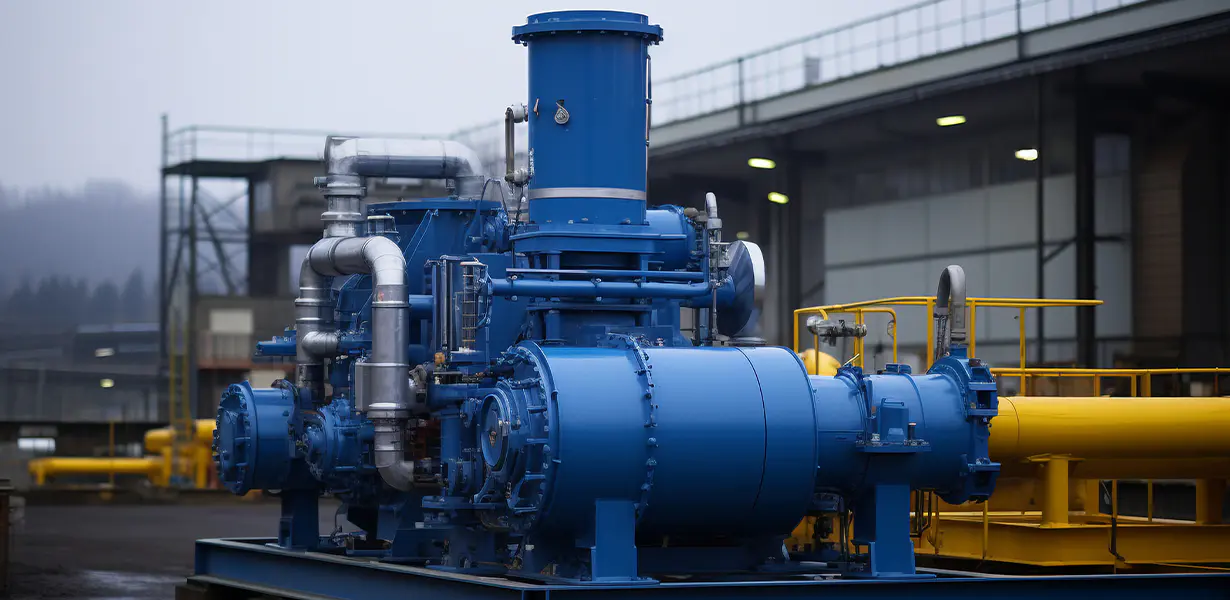
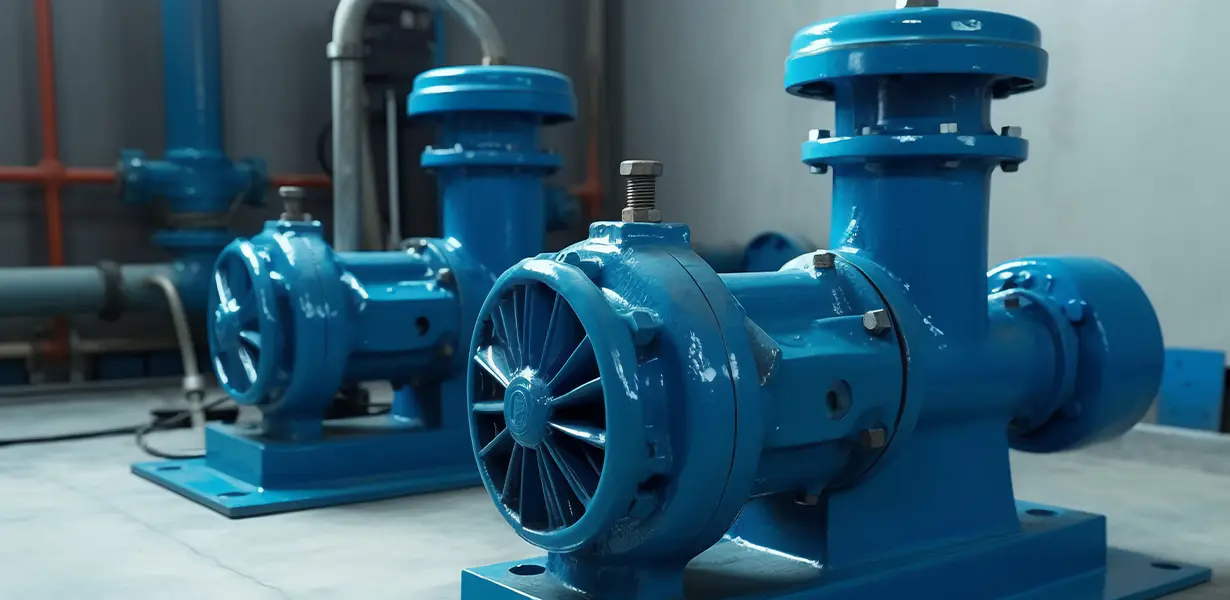

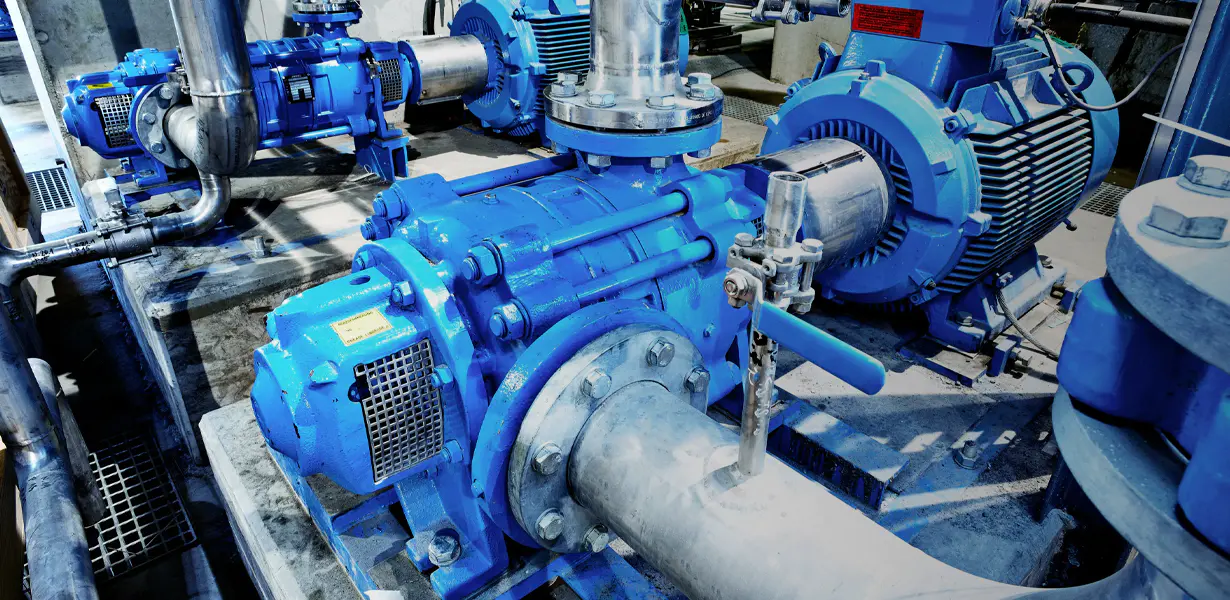



 English
English русский
русский Español
Español Français
Français








